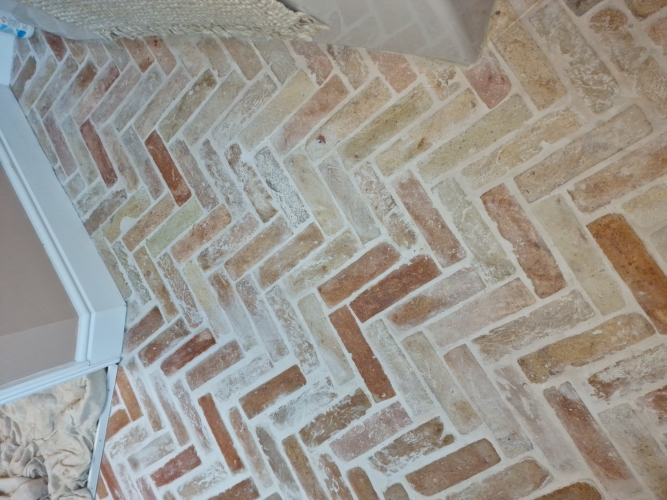The beauty and efficiency ofbamboo click flooringmay depend on the installation process on some levels. At the onset of the development of bamboo floors, staples and glues were used to keep the floor in place. However, because of the evolution of technology, it is now very easy to install bamboo click flooring like a pro. Your flooring receives a professional touch without the professional price. All you have to consider is the space for the expansion in the bamboo planks.
As observed and attested by those who have already triedbamboo click flooring, installing them is quite easy and the following steps can help you further.
Step one
The area of the house where you would like to install yourbamboo click flooringshould be free from dust and debris. It should be meticulously cleaned with a broom or a vacuum cleaner. You should also remove nails, screws, pins, and other materials that might have stuck in the corners or side edges of the room. If there are noticeable gaps on the floor, it is necessary to fill these gaps with leveling compounds to even out the surface.
Step two
There should be a moisture barrier on the concrete sub-floors. This structure is needed to thwart the water from leaking and damaging the bamboo. It is advisable to have at least a six-millimeter layer of plastic. On the other hand, it is no longer necessary to use this layer of plastic if you have wooden sub-floors.
Step three
Check the moisture barrier. It should be evened out. After checking, spread a sheet of foam padding if you have a concrete sub-floor.
Step four
It is always good to start at the corner of your room. When you place thebamboo click flooring, make sure to use tile spacers so that they are placed close to the wall. After the measurement, place the first cut of bamboo flooring in the angle. A point that you should remember with bamboo flooring is that it expands more than the standard laminate so the gap between the bamboo tiles should be a little bit bigger.
Step five
Take the second piece of bamboo flooring and place its smaller end next to the head of the first piece. Glide the second piece carefully into the furrow on the next board. As you vigilantly place it, wait until you hear it click into place. Again, be reminded to make use of spacers to keep enough distance from the wall.
Step six
Cut your third tile using the table saw. This will help you create a staggered but beautiful natural look on yourbamboo click flooring. If you are done cutting, place the cut end of the tile in front of the wall. It should be lengthwise next to the first board. Then place the tongue into the furrow and gently lower it until it fits into place. Use a mallet or hammer to fasten the tile in place.
Step seven
Place the fourth tile beside the second board. Gently lower it in place as you slot the tongue into the furrow on the second board. Slip it along the groove until it runs a bit against the third board. The fourth tile should slip into the head of the third board. Then pat it in place using a mallet.
Step eight
Repeat the same process interchanging tiles from one row to the other until you arrive at the next wall. Cut the boards and shape them if needed. Do the tiling row by row until you reach the last part of the room. Always be mindful of the spaces between the tiles for expansion.
Source: www.DoItYourself.com





